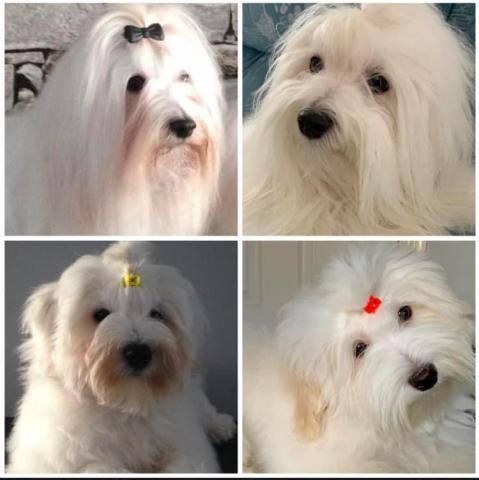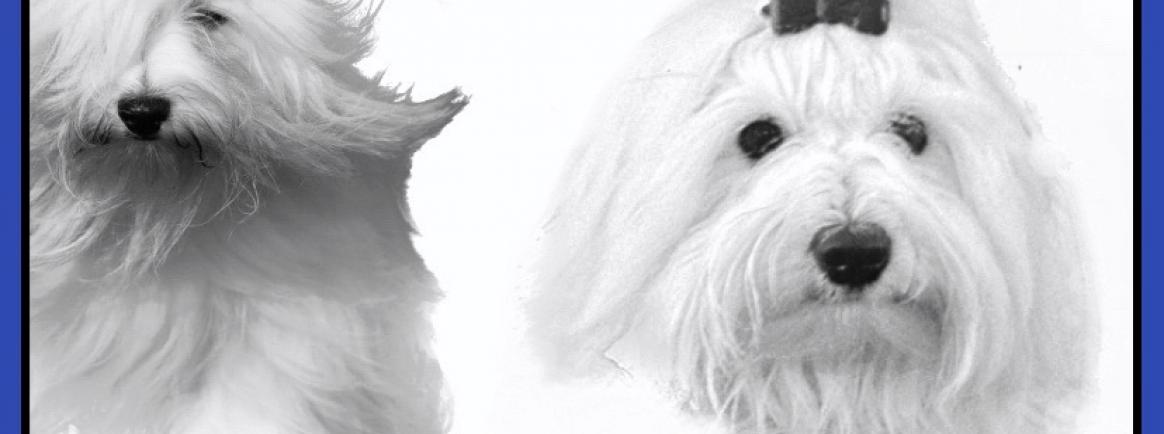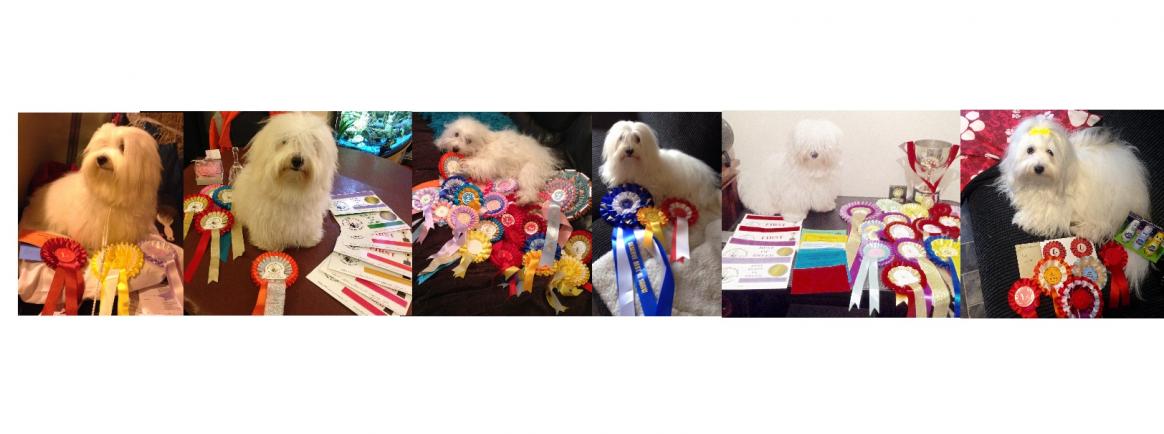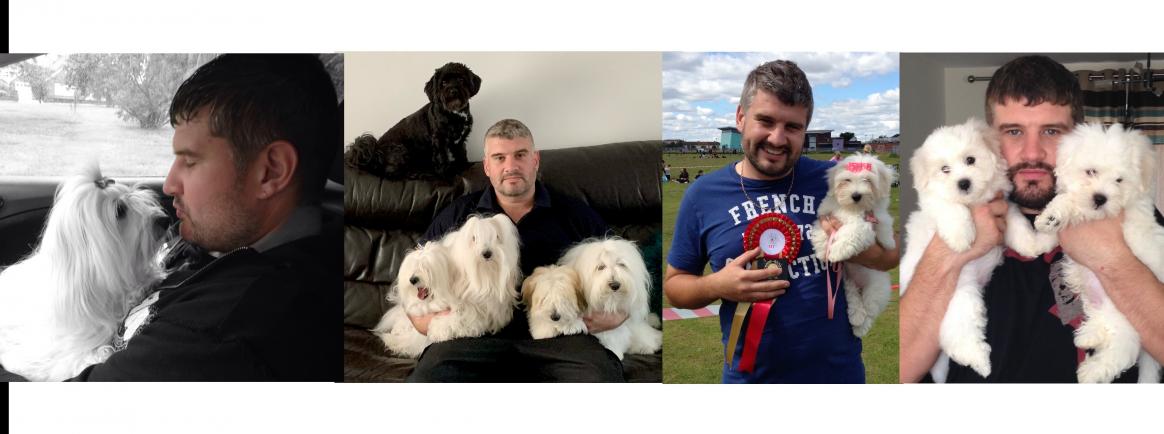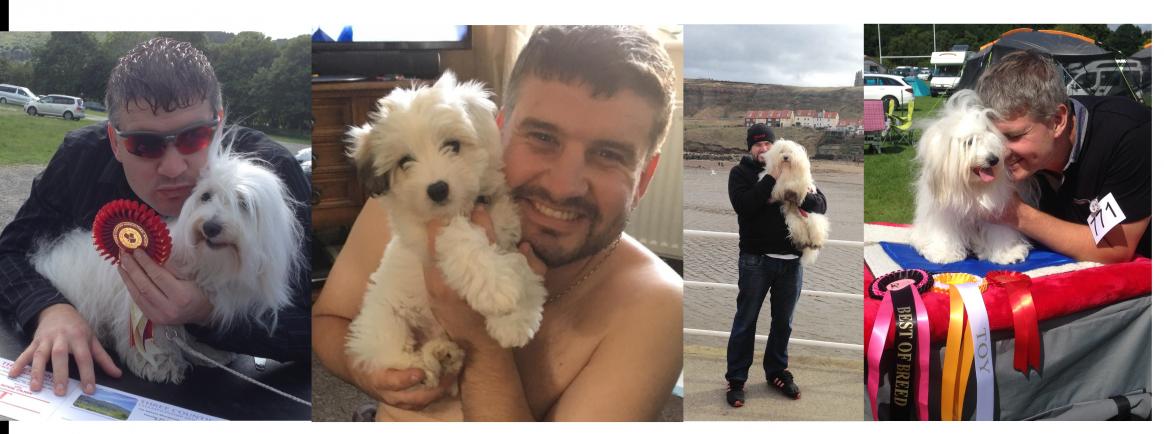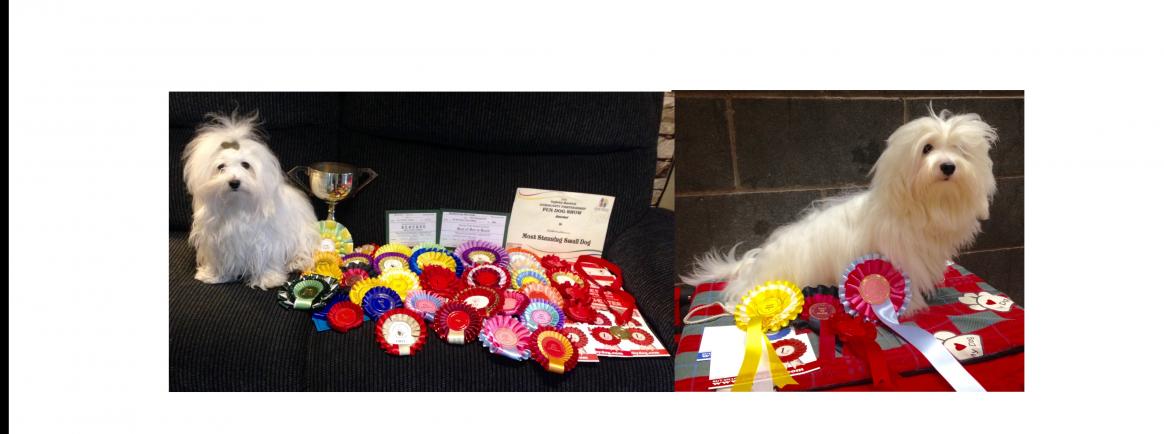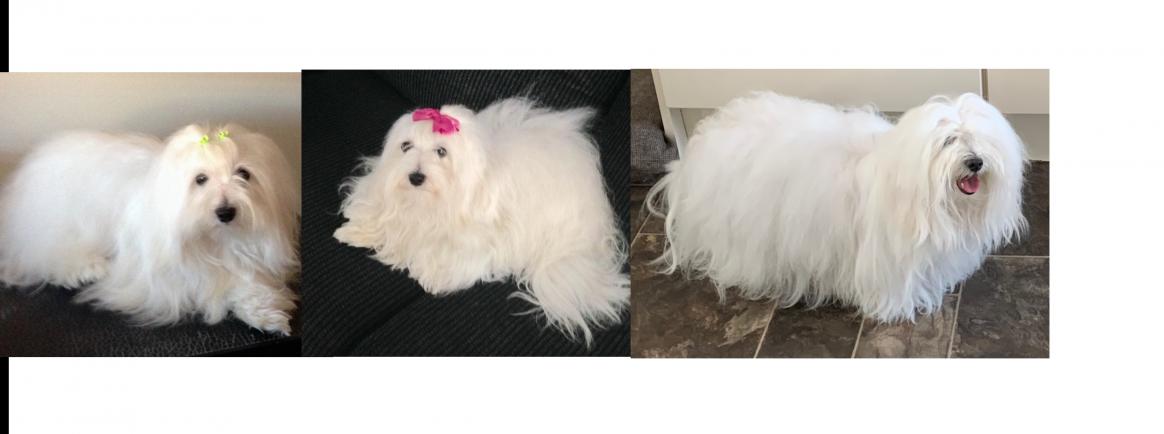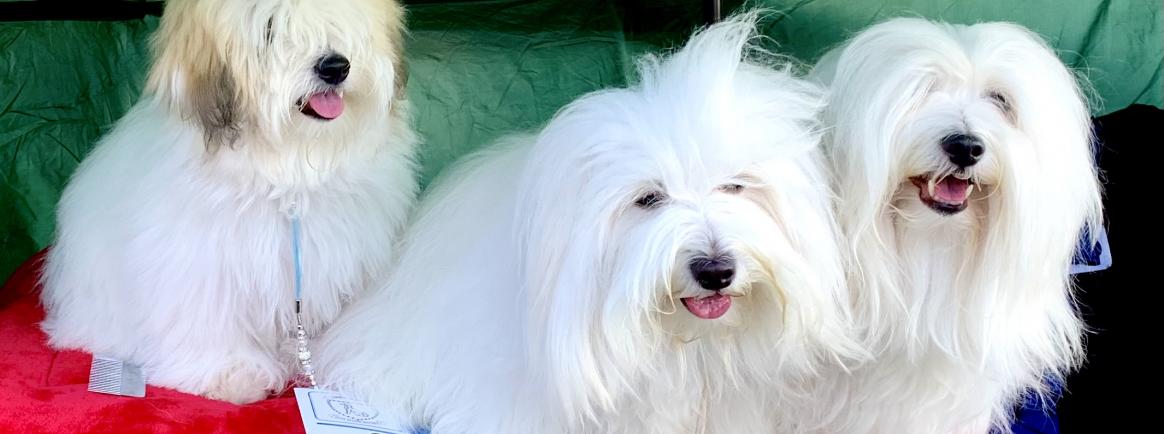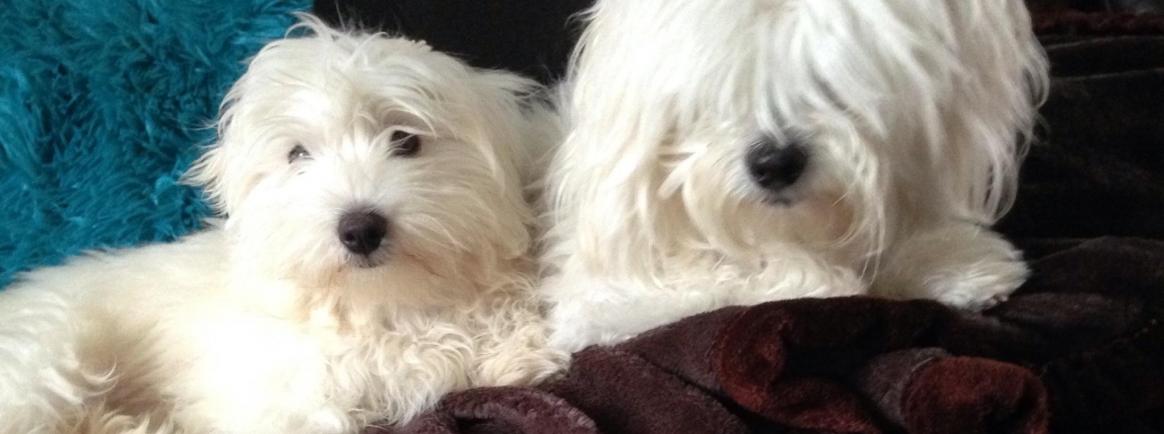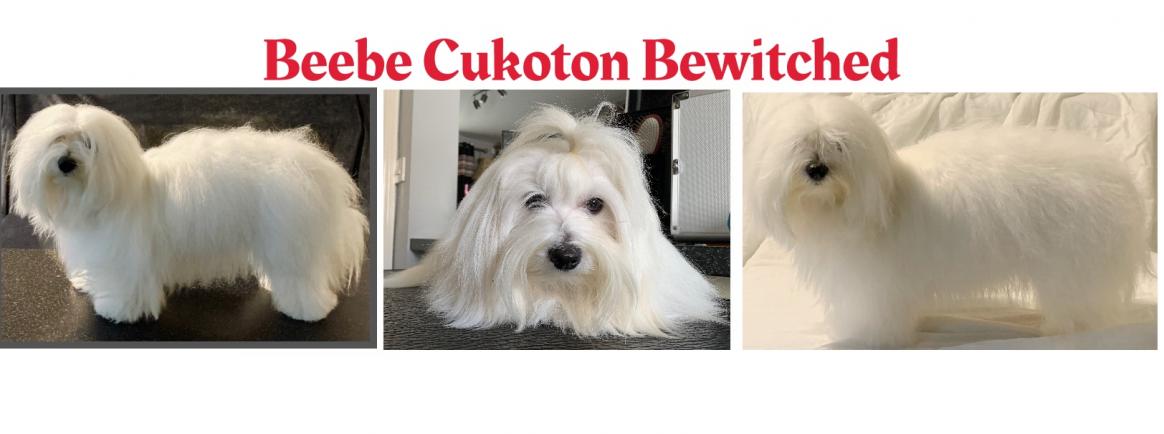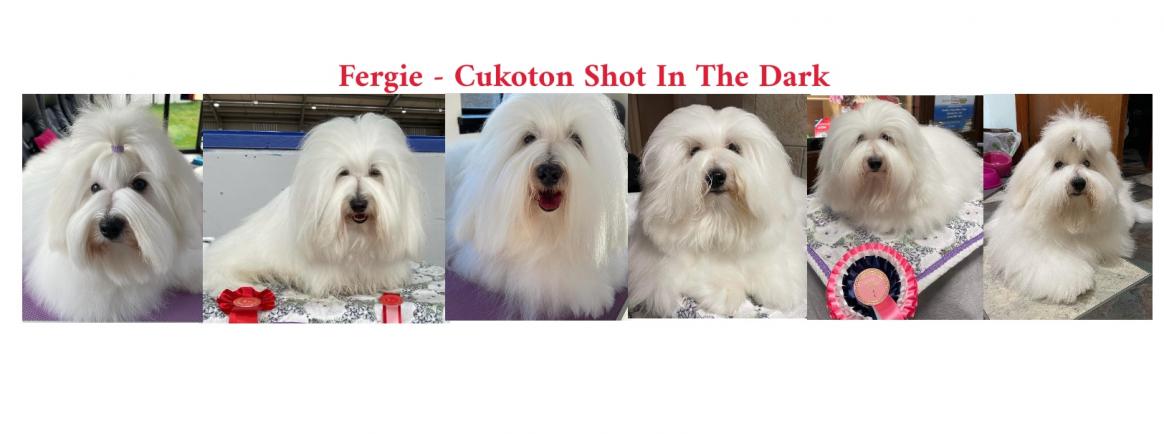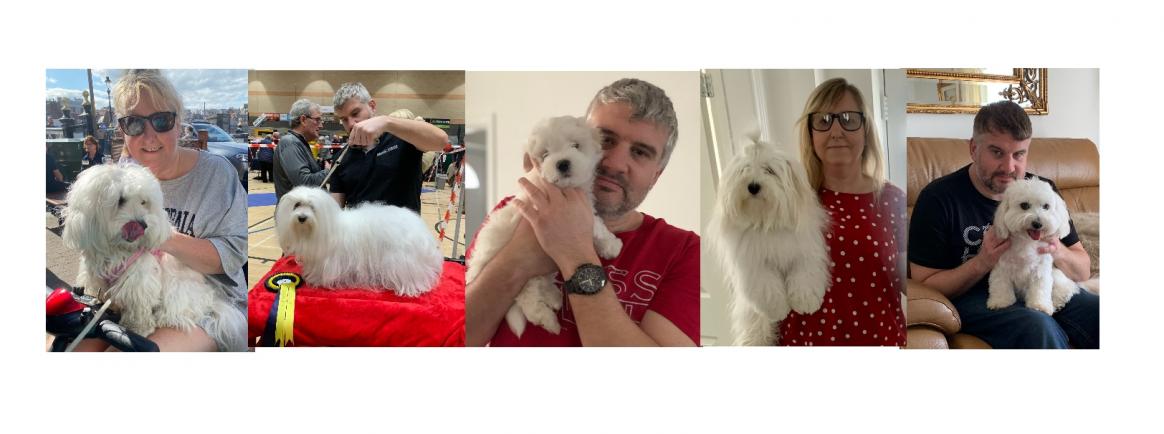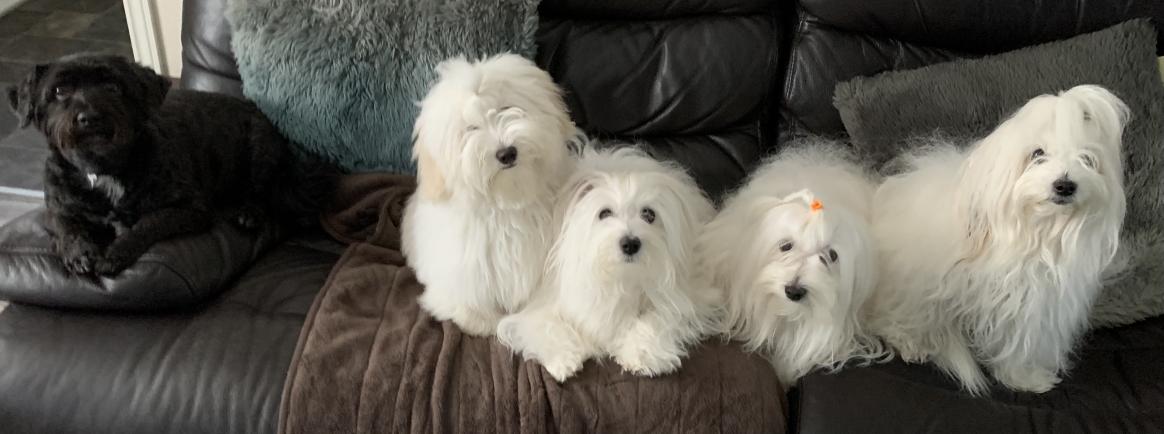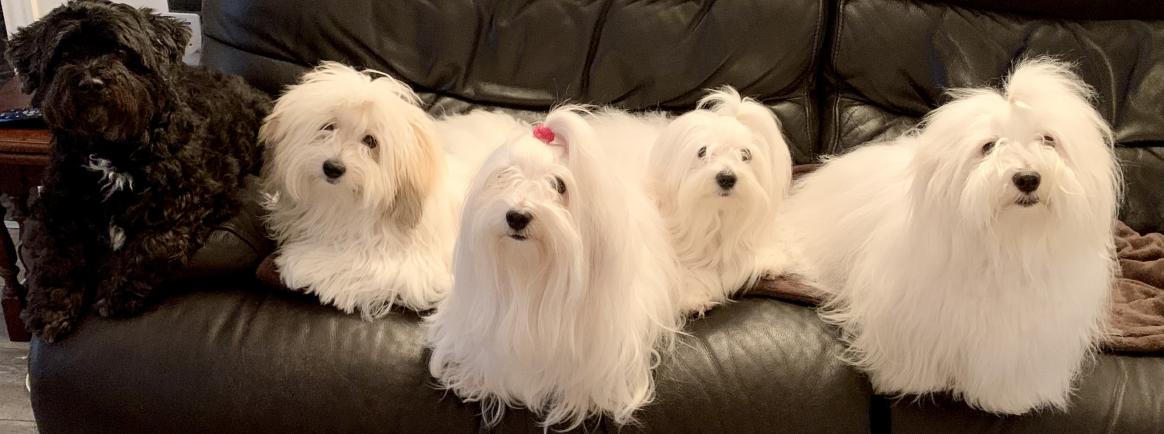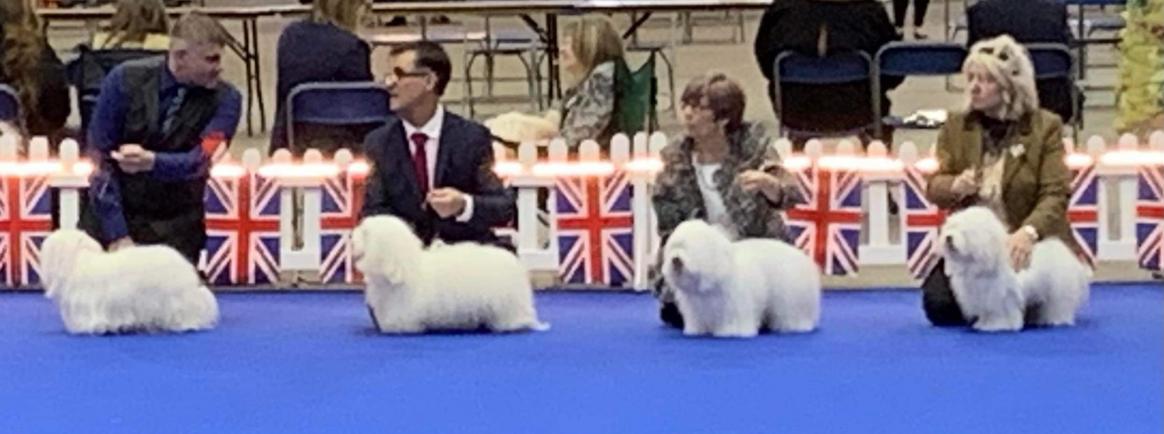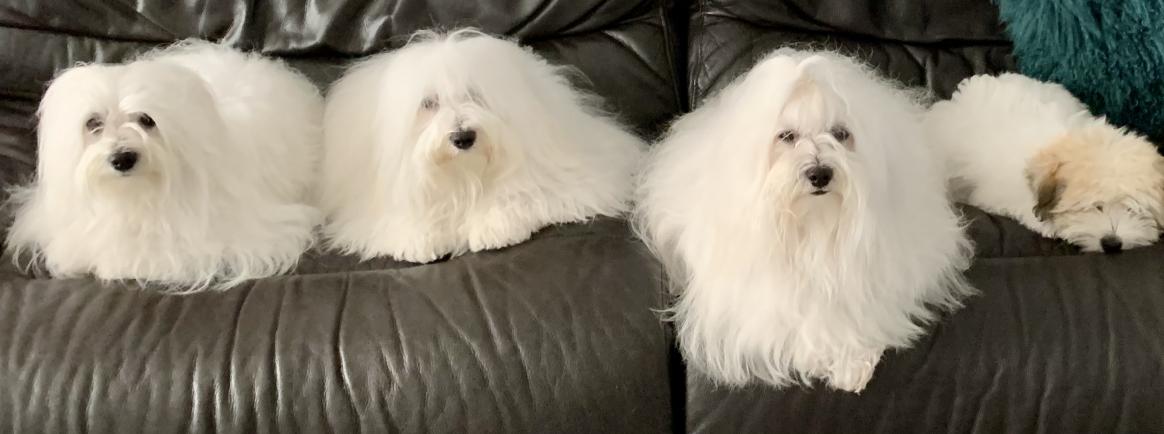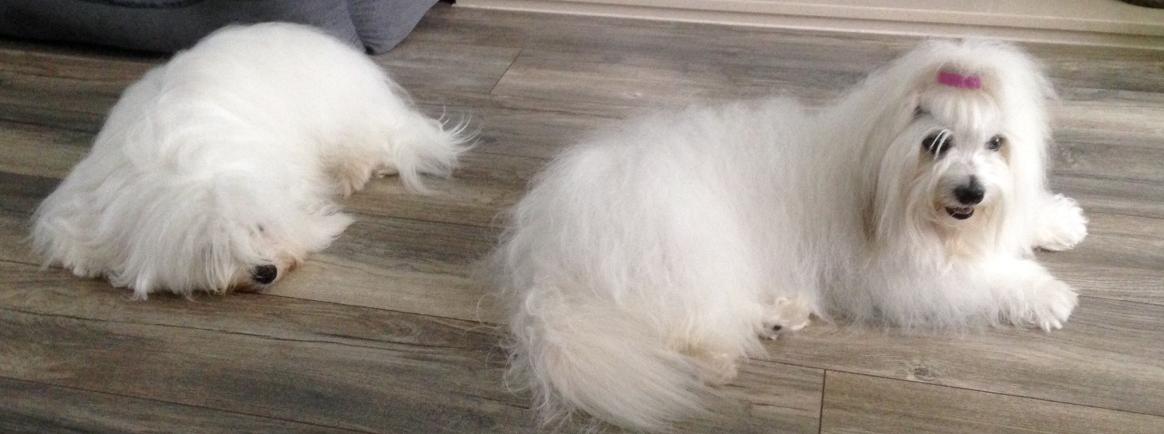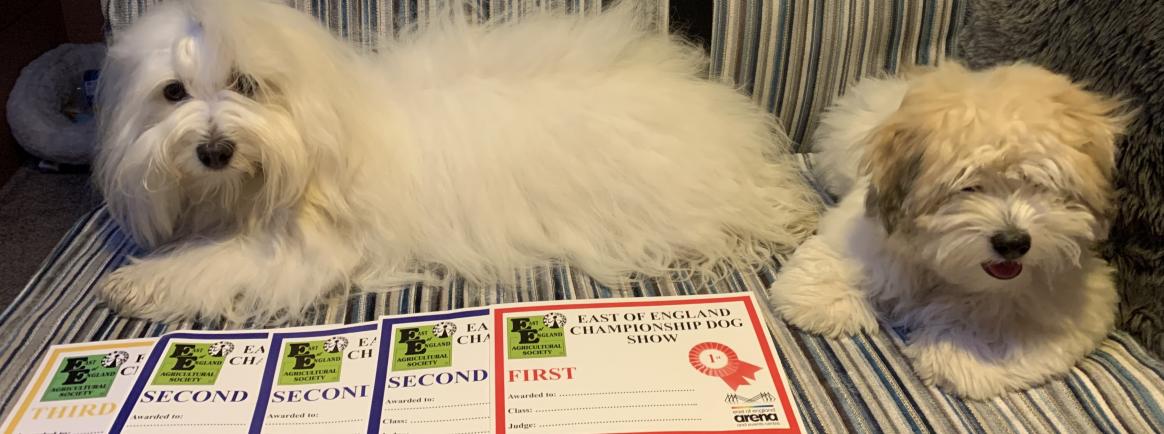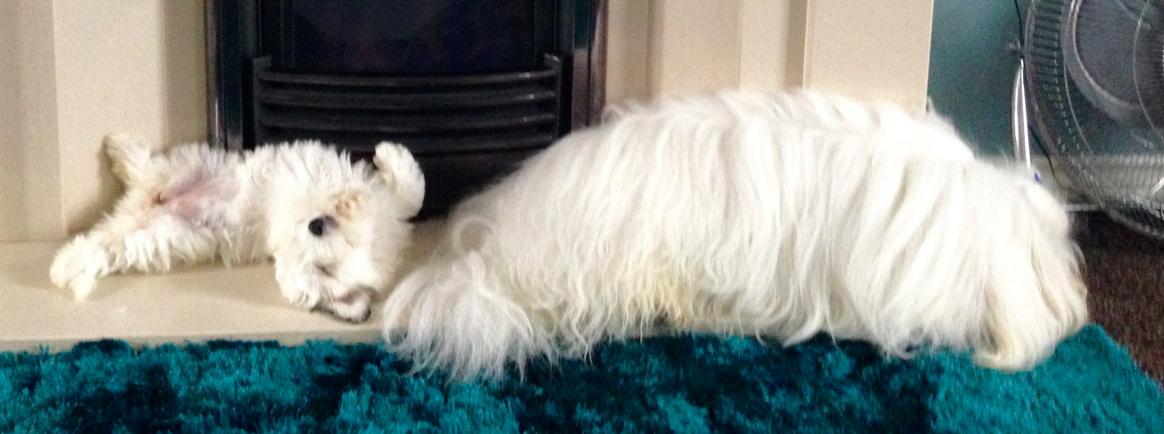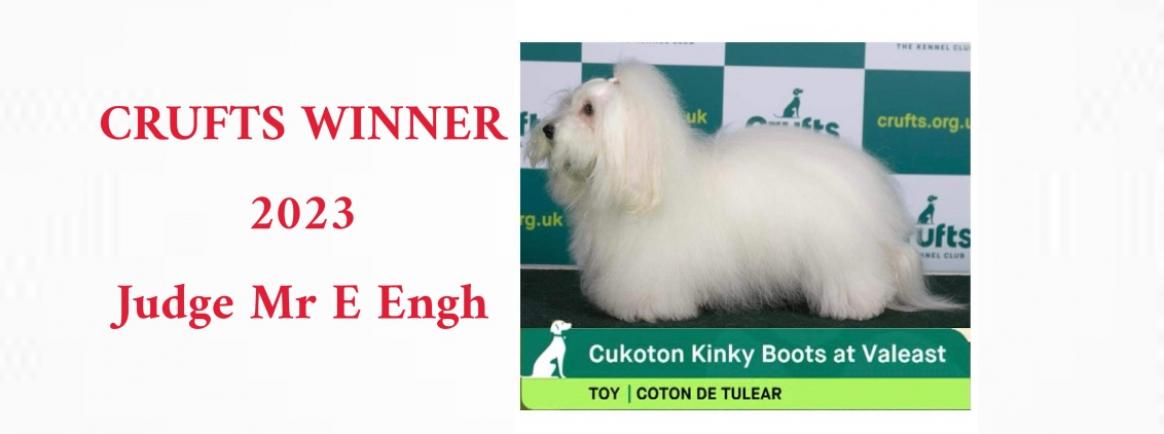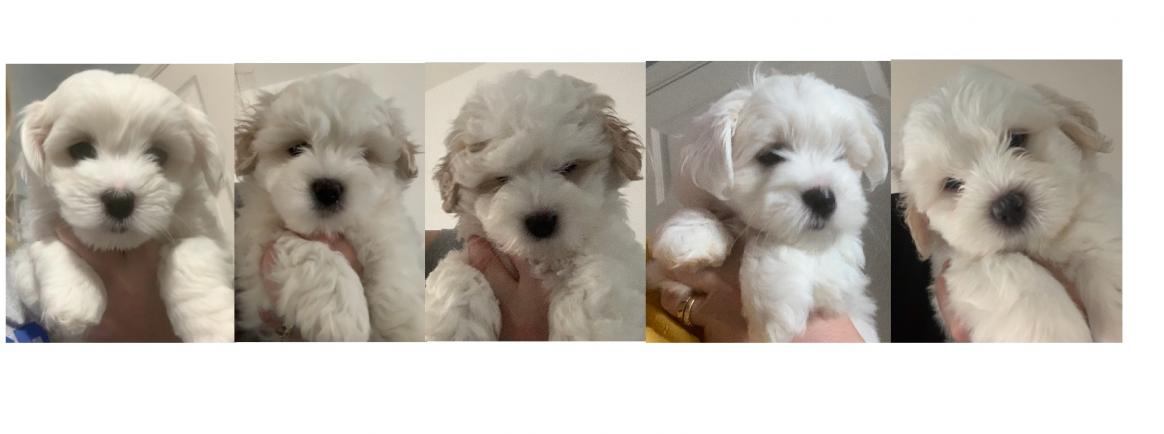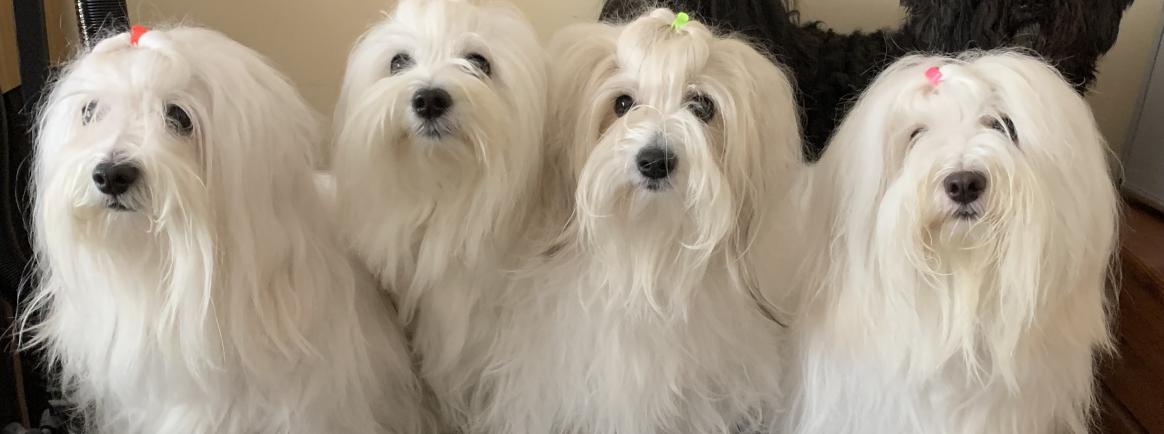One of the most asked questions is why does my Coton have tear stains and yours don’t?
Firstly it is important to rule out ingrown eye lashes, abnormally large tear producing glands, abnormally small tear duct openings, stress, drugs, poor quality diet, smoking, ear infection, and plastic food bowls.
Young puppies tend to experience tear stains when they are teething. However on maturity these tear stains should go.
Understanding tear stains.
When your Cotons PH levels are incorrect inside your dog they produce dye molecules called porphyrins. Porphyrins contain iron molecules, produced when the body breaks down red blood cells.
In dogs a significant amount of porphyrins is excreted through tears, saliva and urine. When porphyrin containing tears or saliva sits on white fur for any length of time, orange/ brown stains result. These iron-related stains intensify/darken in the presence of sunlight.
All dogs produce porphyrin, but porphyrin staining is most noticeable on white dogs. You may noticed a white dog who has been licking or chewing his leg, the hair in that area will turn iron-brown in colour.
There are many things suggested to prevent tear staining. Rigorously wiping the face twice daily with a slightly damp wash cloth, to dilute out and wash away the tears. Cleaning under the eyes with ordinary contact lens cleaning solution (containing dilute boric acid, that oxidizes the iron in the porphyrins and lightens the color) will help keep things neat and tidy.
Cleaning the face isn’t the whole story.
You can feed your dog fillet steaks daily but if your dog isn’t getting a full balanced diet. The porphyrin will be excreted in the tears and your dog will still have staining around the eyes mouth and genitalia.
Bacterial infections also contribute to excessive porphyrin production. The most common is Malassezia, (yeast infections)
A number of white dog breeds do suffer from yeast infections and low grade bacterial infections.
As you can see it can become a never ending circle.
As a breeder of Coton de Tulears I hated to see any staining on my dogs or any puppies I bred. I found the stains deflected from the Cotons natural beauty.
I’ve used many products over the years, some covered the stains, others diluted the iron making it look less orange. Some helped others didn’t. I must of spent a fortune on these products.
I began reading all about porphyrin and yeast infections
After years of research I knew that these stains were simply telling me that my Cotons diet was completely wrong.
I tried raw feeding, complete dry feeding, no grain, gluten free, low carbs, high carbs, even a company that makes food especially for your dog. Yet the stains were still there, usually around the mouth and down the eyes.
So I began from scratch.
I only use stainless steel or porcelain dishes. I groom my Cotons eyes daily.
I tried a puppy food for my adult dogs and then rotated it with the same makers adult food. The staining vanished within 12 weeks and that was 4 plus years ago now.
Thankfully the manufacturer hasn’t changed the recipes
My puppies are raised on the same food so they also have no staining when they leave for their new homes too. I do say to all new owners try to stay on the diet to stay stain free.
So as the saying goes “you truly are what you eat”
Pictures are before 4 years ago and now. The top two are of the same dog my Sky
